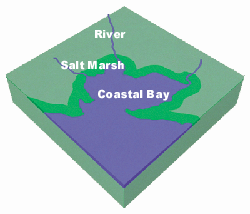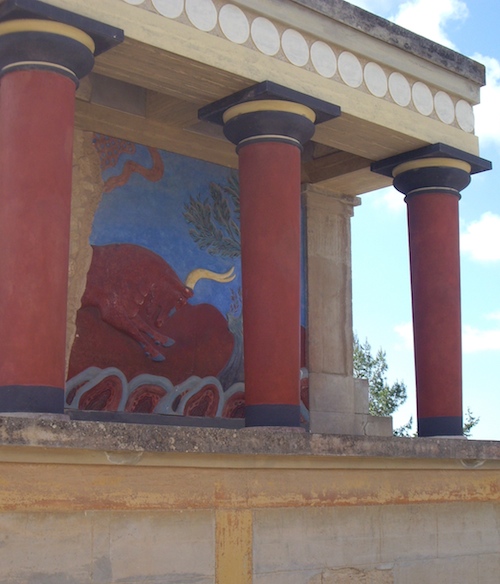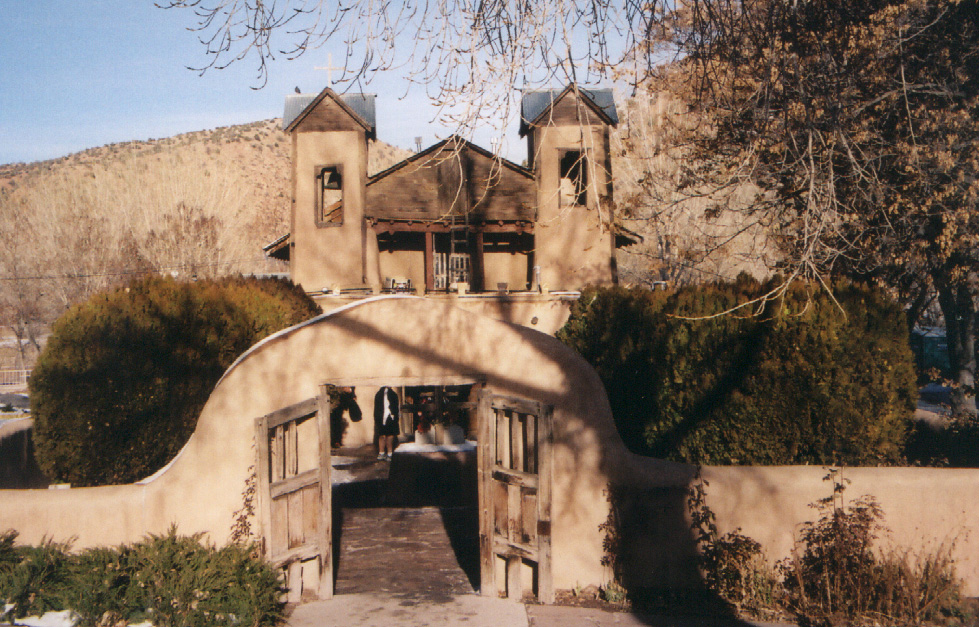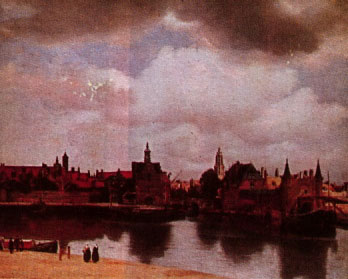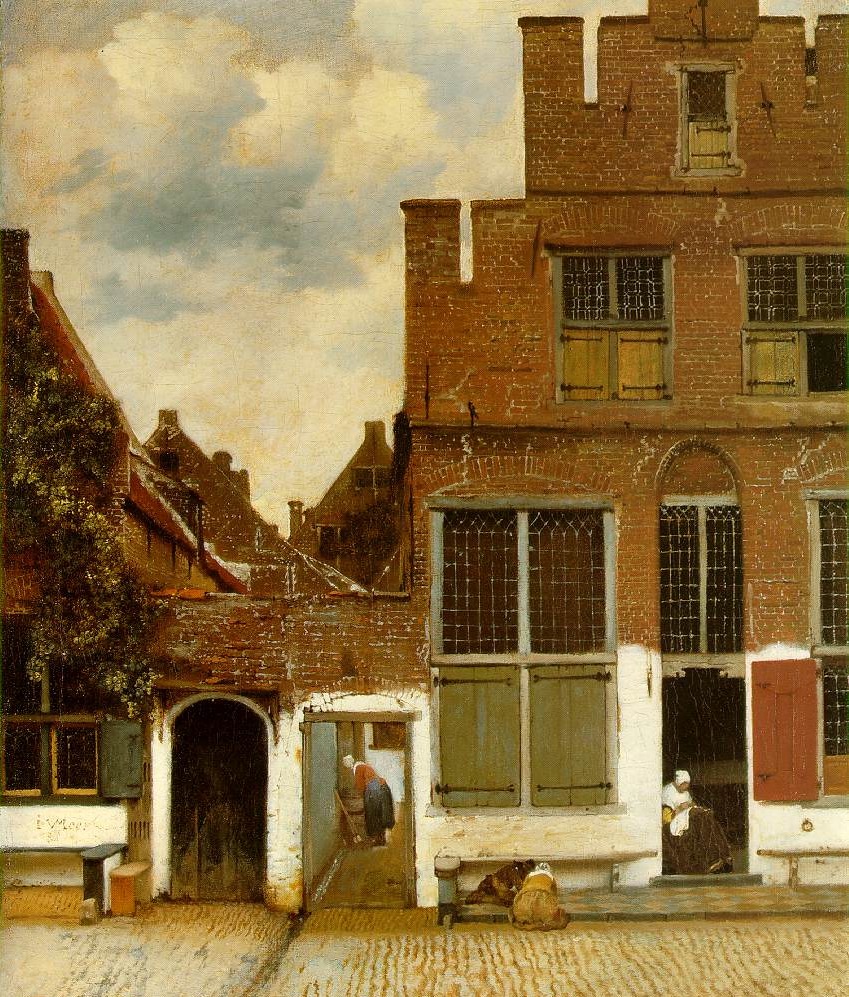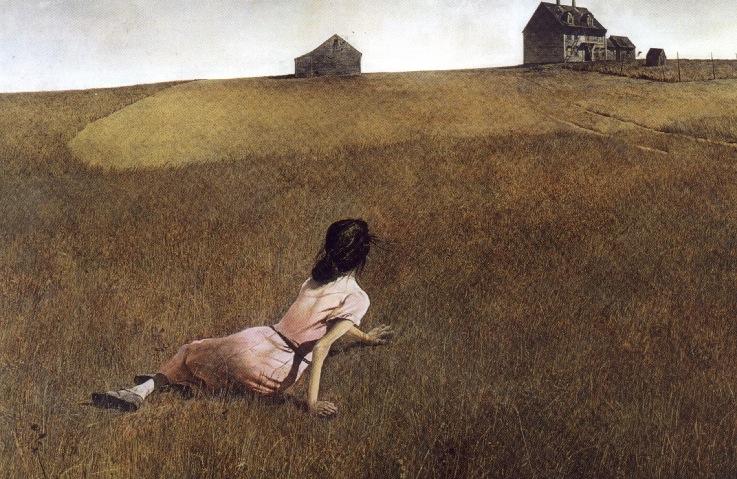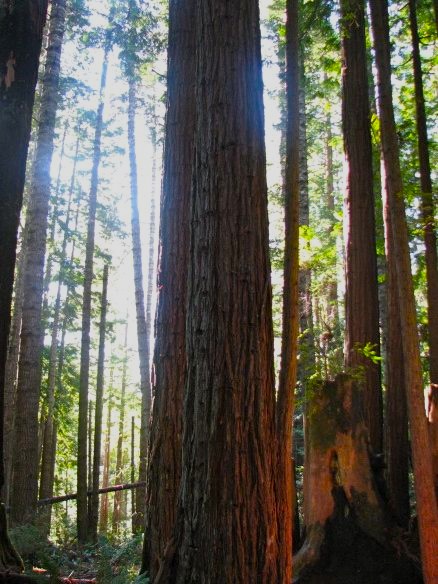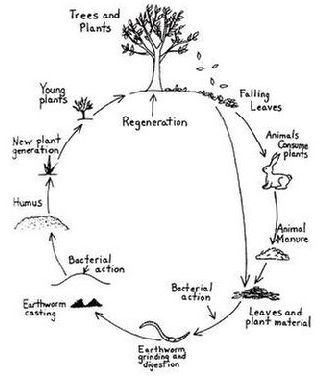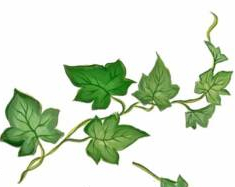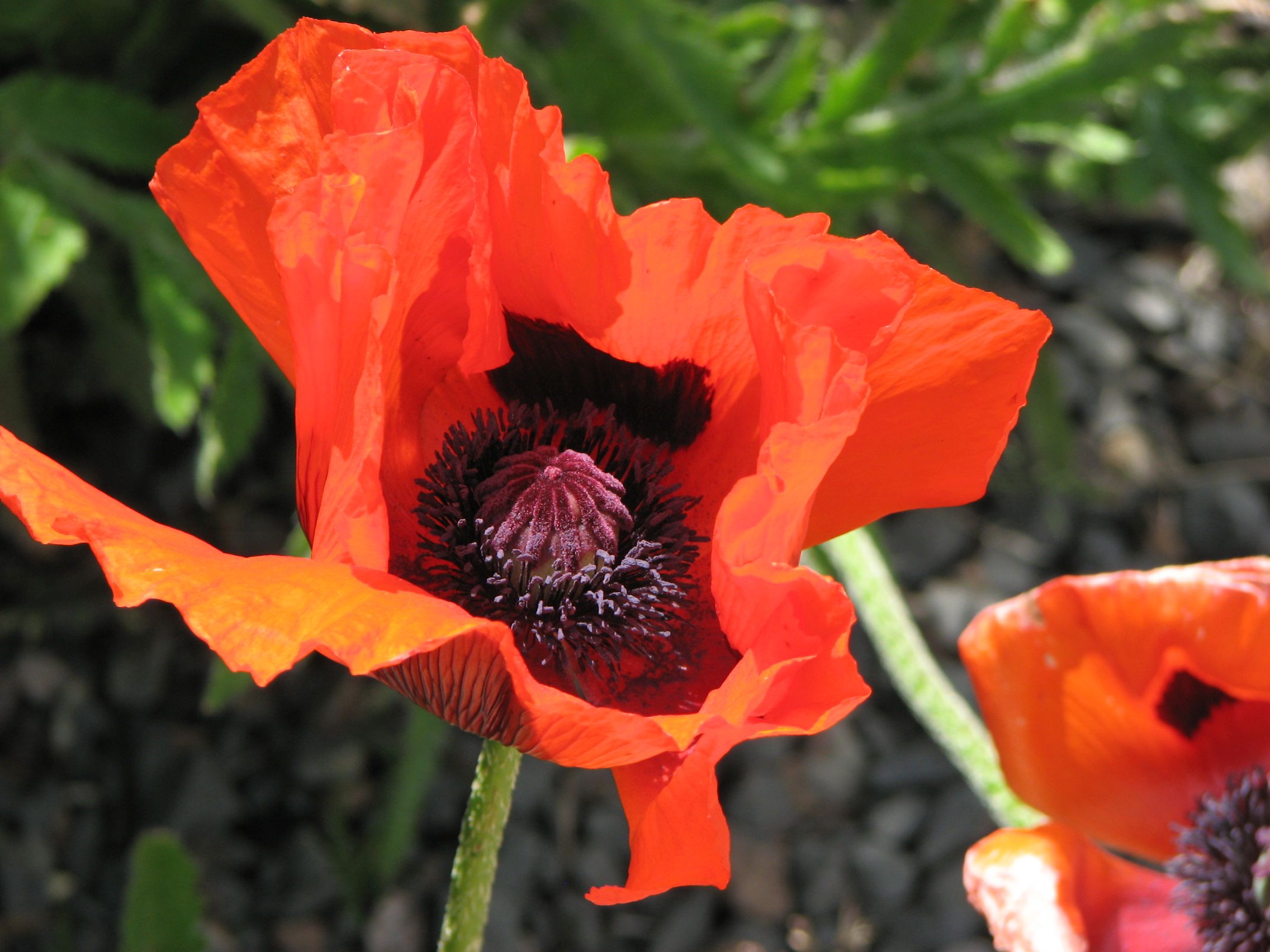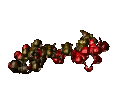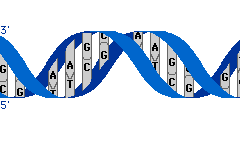 Sense of Place
Sense of PlaceNavigating the site:
What is meant by the sense of a place?
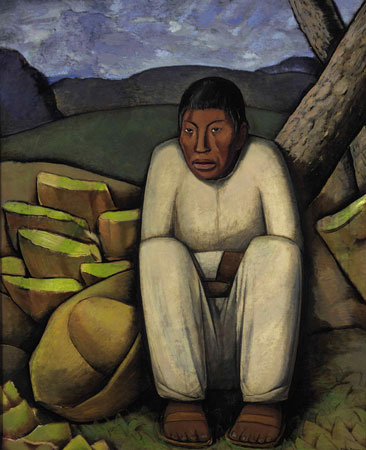
"We are homesick for places, we are reminded of places, it is the sounds and smells and sights of places which haunt us and against which we often measure our present."Alan Gussow, A Sense of Place: The Artist and The American Land. (1972). pp. 27-28
"The feeling of solitude . . . is a longing for a place."
Octavio Paz, The Labyrinth of Solitude, p. 208
"Place is a powerful part of identity."
"Where I come from is a clue to who I am, and where I find myself is a point on a trajectory through space and time."
Tim Radford, The Address Book, p. 3.
"The countryside tends to be seen as humans wish it to be. Anthropocentrics all, we see the landscape from our point of view, and even the entity we call the beauty of the wilderness is simply a happy arrangement of high ground and valley, glacier and river, forest and sky, that fits the unconscious frame of reference that we have for beauty: nature builds the structures, but we provide the composition."
The Address Book, p. 52.
"We live in a makeshift home with a limited tenancy. . . . If you were looking for the ideal place to settle, you might not begin with Earth as your first choice, but life is a matter of compromise, and in any case a celestial estate agent might persuade you that the planet has a number of significant advantages."
The Address Book, p. 139.
Artist's ideas | Labyrinth | qualities: social – physical – biologic | geoscience | labor theory | related pages | sources
Alan Gussow: Artist and Author:
". . . man is also a place maker – and ultimately a product of the places he himself has known. . . ."
"This is a book about the qualities of certain natural places which certain men and women have responded to with love. Because the men and women were artists, they have left a record of their encounters with the land for others to see, read, and understand. This is really all that sets them apart – that talented connection between eye, mind, and hand. For all of us have our loved places; all of us have laid claim to parts of the earth; and all of us, whether we know it or not, are in some measure the products of our sense of place."
Alan Gussow, A Sense of Place: The Artist and The American Land. (1972). p. 27.
Artists rendering of the Minotaur in the labyrinth beside Knossos the site of Crete's labyrinth , reconstructed. [J.V. Siry, 2014]
"Labyrinth -- one of the most fertile & meaningful mythical symbols, the TALISMAN, or the object of restoring health and freedom to a people at the center of a sacred area."
Octavio Paz, Labyrinth , p. 209
"the object of restoring health"
Tsimayo, or Chimayo, New Mexico is the site of healing sands for native Tewa peoples.
Artist's ideas | Labyrinth | qualities: social – physical – biologic | geoscience | labor theory | related pages | sources
Social and cultural qualities of places.
John Brinckerhoff Jackson, architectural and landscape interpreter who trained as a cultural geographer, argues that any place is a distinct cultural transformation of a natural territory, as implied in the French term place, as in Place de la Concorde, in Paris.
The concept of a place (topos in Greek) is derived from ancient associations with deities or what Rene Dubos called the genii loci – a metaphysical quality found in a territory that distinguishes it from another, quite different region.
By the 1200s the word was taken into English from the Old French word for a room, enclosure, or spot.
By the mid 1300s the word place in English was used as a substitute for stow & stede, meaning a definite spot, location, or extent or an area.
In the late 1400s the word then referred to an inhabited place, town, or country. And by the 1580s the term referred to a grouping of houses in a town. [etymology of place.]
By that time, the concept of place is closely akin to the Dutch idea of landskyp, from which the English had derived the word landscape.
A view of Delft, and a street therein; Netherlands, Johannes Vermeer's 1660-1661 vision of this historic place.
Artist's ideas | Labyrinth | qualities: social – physical – biologic | geoscience | labor theory | related pages | sources
Physical properties of places.
Places are, in the absence of cultural associations, distinct areas, the territory of which is recognizably unlike the adjacent vicinity. This apparent differences may be due to water, vegetational changes, animal life or contours of the terrain.
To what extent does environment as opposed to heredity shape our character?
Terms: environment heredity synonyms surrounding conditions, places genetic predispositions, seeds ecology genes & chromosomes advocated by: Rousseau Mendel restated nurture nature Richard Lewontin argues that both are necessities for a full comprehension of development, evolution and ecology.
Is this a useful question to ask?
Global characteristics of places.
 |
To make sense of our planet requires us to make connections between seen and unseen, obvious and hidden things.
|
|---|---|
| Earth is rare. |
|
The more interdependent relationships we discover, describe, and nourish, the greater becomes our understanding of the ecological integrity of a place. All places have integrity. That is each piece fits or conjoins to another part so that a functional whole operates to sustain more than the mere sum of the constituent elements of a place.

Consider these examples of places:
Grand Canyon of the Colorado River
The Columbia River Region
Indian River Lagoon, Florida
Lake Apopka, Florida
Technology and places
How are places much more than mere spaces?
Authors on places | A taste for places | Erotics of Place | Labor Theory | Science of disturbed places
Artist's ideas | Labyrinth | qualities: social – physical – biologic | geoscience | labor theory | related pages | sources
![]()
Social theory as applied to places.
![]()
Any inhabited place will reveal a different mixture of land and labor combining to form wealth.
Everything & everyone is related to a precise place and to one another who share the area.
Christina's World, Andrew Wyeth, 1948: Oil on Canvas, MOMA, NYC.
" . . . at the age of about ten, I did something that I suppose a million others have done: I wrote my name in an exercise book, along with my house number and street. I then added the name of the suburb, and the city. Then, for good measure, I named the administrative region in which my city stood, and just to make sure, the country. And then –where did I imagine I might lose this book, and who would find it? – I wrote 'the Earth', and just in case that wasn't precise enough, I added 'the solar system'. . . and appended 'the universe'.
Radford, (2011), p. 2
The Earth, North America and the Florida peninsula are three different scales of places; one more precise than the next. The placement of each is within the other like a set of nested boxes. Each is 'placed' inside a gradually larger container for the other! They are all joined or tied together; codependent related. |
|
|
|
Conveying a sense of place |
![]()
The significance of plants in defining a place and creating livable places.For example plants need soil, moisture, sunlight and nutrients to live. By living these plants and plant communities produce oxygen which is used by anything on earth that needs to respire. This oxygenated air is a gift in that as the plant's by-product oxygen is given off in the process of making sugar with water, light, and carbon dioxide.
|
|
The giant Sequoia tree
of the Sierra Nevada mountains, California, like all plants provides several benefits by growing, but clearly identifies a particular place.
|
|
|
|
"Photosynthesis, nature's greatest miracle."
Oliver Morton, Eating the Sun, p. 182.
What is a natural asset?
For an example of a "natural place", click here | But for a contrary point-of-view, click & see here.
The cycle of life.
Artist's ideas | Labyrinth | qualities: social – physical – biologic | geoscience | labor theory | related pages | sources
Sources: Rene Dubos, Man Adapting. (New Haven: Yale University Press, 1965.)
Alan Gussow, A Sense of Place: The Artist and The American Land. (San Francisco: Friends of the Earth,1972.), pp. 27-28.
D. H. Lawrence, Etruscan Places, (London: Martin Secker, 1932.), p. 51.
John B. Jackson, A Sense of Place, A Sense of Time. (New Haven: Yale University Press, 1994.)
Ian McHarg, Design with Nature. (Garden City, New York: Natural History Press, 1969.)
Oliver Morton, Eating the Sun: How Plants Power the Planet. New York: Harper Collins, 2008. pp. 52-223.
Octavio Paz, The Labyrinth of Solitude. (London: Penguin Books Ltd., 1961.), p. 208-209.
Tim Radford, The Address Book: Our Place in the Scheme of Things. (London: Fourth Estate, 2011.), pp. 2-3, 52, 139.
Neil Shubin, The Universe Within: The Deep History of the Human Body, 2013.p. 27.
Etymology of the word place
Maine and population's threats.
Cities: Urban settings as paintings.
A Sensitivity to Place (Essay) 2014.
Index Newton and Darwin changed how we understand places.
A Sensitivity to Place D. H. Lawrence, Etruscan places Aldo Leopold, A Taste for Country Clarence Glacken, "three questions concerning the habitable earth and their relationships to it." John B. Jackson, A Sense of Place Rene Dubos, A God Within, & Man Adapting Ian McHarg, Design with Nature Tim Radford, The Address Book Alan Gussow, ". . . the earth's lovely places. . . . Viewed as a resource that sustains our humanity, the earth is a collection of places." – p. 27. Poverty of places
Artist's ideas | Labyrinth | qualities: social – physical – biologic | geoscience | labor theory | related pages | sources
Science Index | Site Analysis | Population Index | Global Warming Index | Nature Index
These buttons below work as navigational aids.
Last Updated on, June 2, 2014 -from - 5/12/11.

Terry Tempest Williams | George Perkins Marsh | Gerald Durrell | D. H. Lawrence | Arnold Pacey | Tim Radford
Norris Hundley | Mary Austin | Leo Marx | John Wesley Powell | Wallace Stegner | Siry, Marshes


